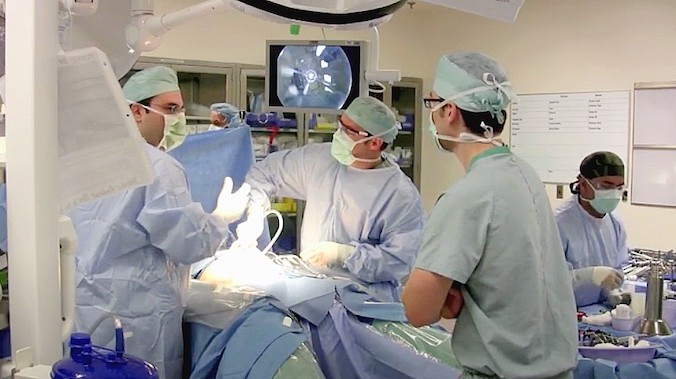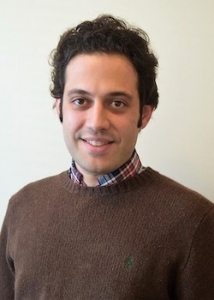
From 2012 to 2016, prostate cancer was the most common cancer among men in Hawaiʻi. This year, it is estimated that there will be 880 new cases of prostate cancer in the state, with 180 deaths. A University of Hawaiʻi at Mānoa researcher has been awarded more than $700,000 from the National Institutes of Health over a four-year period to study the use of medical robotics in prostate brachytherapy, a common treatment for prostate cancer.

The aim of this public impact research project is to formulate a first-of-its-kind dynamic model for active needle insertions into soft tissue, which would lead to the adoption of new and transformative technologies in needle-based procedures. “Smart Needle with Intelligent Robotic Control for Prostate Brachytherapy,” is led by Bardia Konh, associate member of the University of Hawaiʻi Cancer Center and assistant professor of mechanical engineering in the College of Engineering.
“In recent decades, we have witnessed the rise of robot assistance in operating rooms,” said Konh. “By now, we can speculate improvements in the healthcare industry similar to the improvements we saw in the automotive industry when robots got to work. To improve surgical outcomes, physicians are usually looking for tools that work better than their hands—with more dexterity, more degrees of freedom and more precision—and a better understanding of how the tools work inside the body. Thereby, I, along with many others, have been conducting extensive research to create robots with precise manipulation and good sensing capabilities to improve the success rates of different medical treatments.”
Brachytherapy is one type of radiation therapy, which involves placing radioactive seeds in the prostate gland to kill cancer cells. It is more popular than traditional radiation therapy and ensures less damage to the surrounding tissue. The success of this treatment heavily relies on safe and precise placement of the seeds in or adjacent to the cancerous cells.
Brachytherapy currently demands a very experienced surgeon who has developed an intuitive feel for the needle insertions. Guiding the needle to a desired location using hand-eye coordination and with assistance of an imaging device is a difficult task for humans, but it can be carried out perfectly by robots. As brachytherapy is the most popular form of treatment for this cancer, improving the clinical outcome of this procedure will have a significant impact on prostate cancer patients in Hawaiʻi and around the world.
This research is an example of UH Mānoa’s goal of Excellence in Research: Advancing the Research and Creative Work Enterprise (PDF), one of four goals identified in the 2015–25 Strategic Plan (PDF), updated in December 2020.

